SECONDARY 1 MATH SYLLABUS
LEARNING OBJECTIVES
In Secondary 1 (G3) your child will be able to:
- Apply ideas of number and perform accurate calculations, including approximation.
- Solve linear equations and pairs of simultaneous equations.
- Solve problems using ratios and proportions.
- Solve problems involving angle properties and classify shapes using these properties.
- Solve problems involving area, perimeter and volume of shapes and solids.
- Interpret data, calculate the mean, standard deviation and the median.
- Find probabilities of simple events.
In Secondary 1 (G2) your child will be able to:
Identify key number types, perform operations and approximations, work with ratios, and simplify expressions.
Identify angles and shapes, apply properties, and calculate area, perimeter, and volume.
Analyse data, calculate averages, explain their uses, and find probabilities of single events.
SECONDARY 1 (G3) Mathematics Syllabus
Number & Algebra
– Identify primes, HCF, LCM, squares, cubes, and roots.
– Work with integers, negative numbers, rational and real numbers.
– Use four operations and calculators accurately.
– Round numbers and represent them on a number line.
Equations
– Solve linear equations and simple simultaneous equations.
– Formulate equations from real-world problems.
Ratio & Proportion
– Work with rational number ratios and equivalent ratios.
Geometry
– Identify angle types (acute, obtuse, reflex, etc.) and apply angle rules.
– Understand properties of triangles and quadrilaterals.
– Recognize and describe regular polygons (e.g., heptagon, octagon).
Measurement
– Calculate area and perimeter of 2D shapes.
– Find volume of cube, cuboid, cylinder, and prism.
Statistics
– Interpret dot diagrams, bar charts, histograms, and stem-and-leaf diagrams.
– Find mean, median, mode, and understand standard deviation.
Probability
– Calculate probability of single events.
– List all possible outcomes using systematic methods.
SECONDARY 1 (G2) Mathematics Syllabus
Number & Algebra
– Identify primes, HCF, LCM, squares, cubes, roots, negative numbers, integers, rationals, reals.
– Perform four operations using calculators and number lines; approximate numbers.
– Compare and divide quantities using ratios and proportions.
– Simplify linear expressions, identify nth term patterns, and formulate algebraic expressions.
Geometry
– Identify right, acute, obtuse angles and apply angle properties.
– Describe properties of triangles and special quadrilaterals (e.g., pentagon, hexagon).
Measurement
– Calculate area and perimeter of 2D shapes.
– Find volume of cubes, cuboids, and cylinders.
Statistics
– Analyse statistical diagrams and calculate mean, mode, median.
– Explain the purposes and uses of these measures.
Probability
– Calculate probability of single events.
– List all possible outcomes systematically.
Common Struggles Faced bY SECONDARY 1 Students in Maths
- Students may follow steps correctly but don’t grasp the why, limiting deeper problem-solving.
- Many struggle to convert real-world language into mathematical expressions or equations.
- Advanced math feels disconnected from real life, making it harder to understand.
- Gaps in basic skills (like fractions or negative numbers) hinder progress in complex topics.
- Stress and fear of failure can block understanding and performance.
- Students may know how to solve problems but lose marks due to poor layout or missing steps.
Do you want your child to get a head start in Secondary 1 Math? Sign up for our Trial Lessons and experience our tuition teaching style for yourself.

